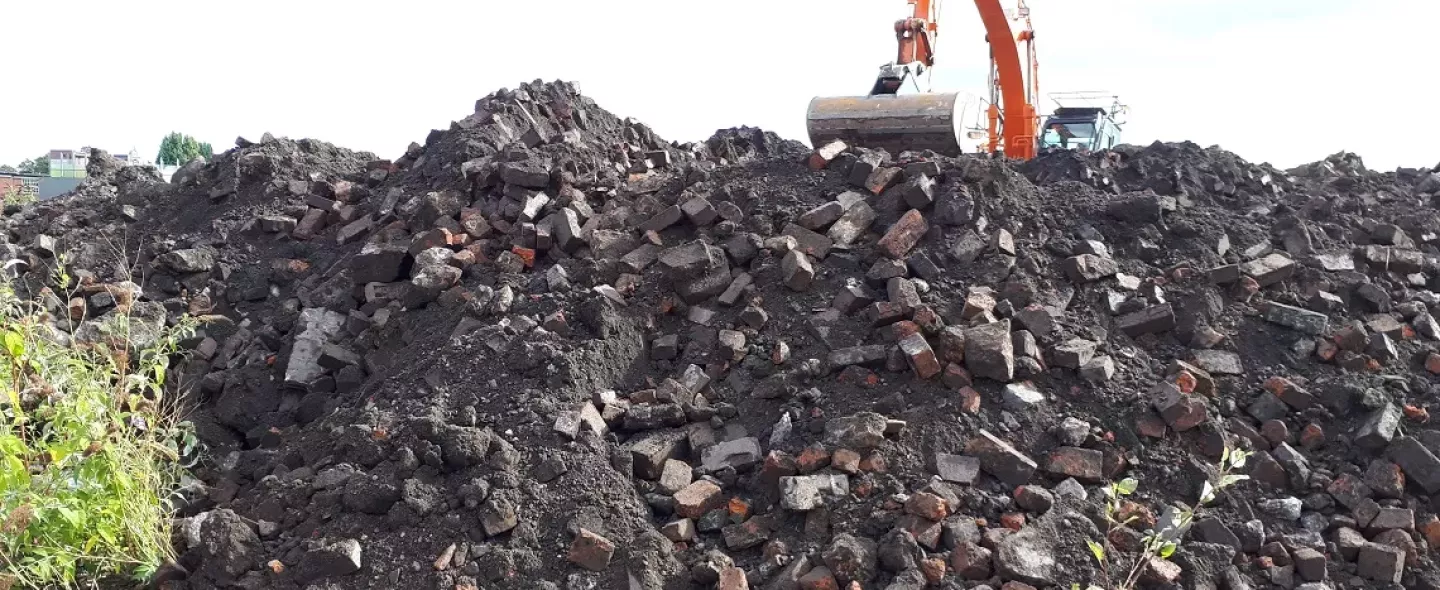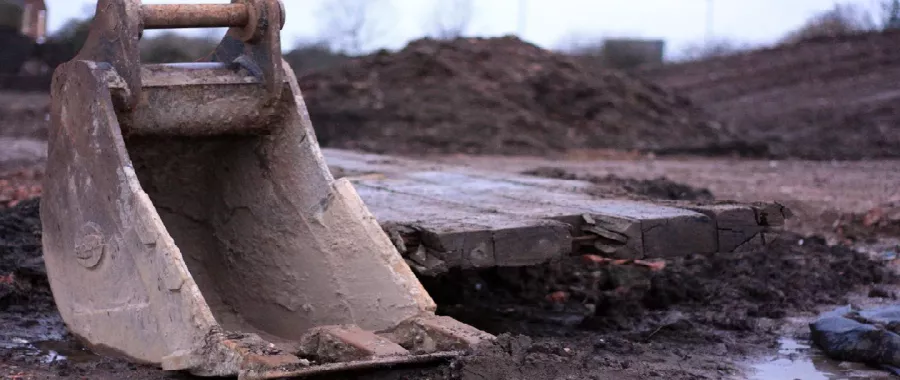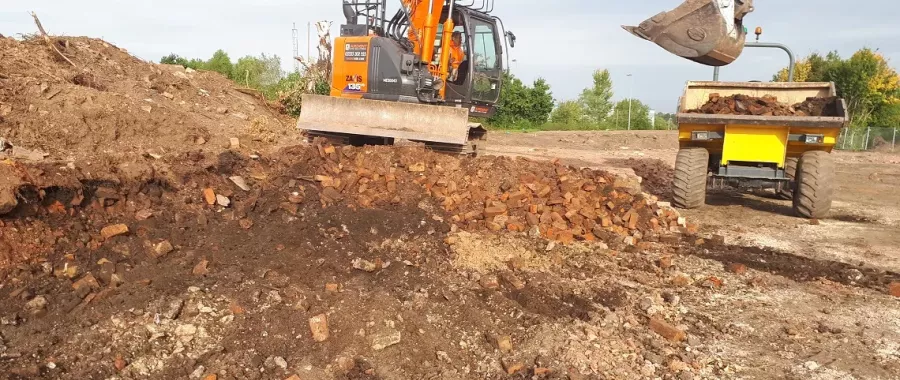Denis Morgan, Divisional Technical Manager – Asbestos, Environment & Safety, SOCOTEC, gives an overview of the recently released Asbestos guidance; The Control of Asbestos Regulations 2012: Interpretation for Managing and Working with Asbestos in Soil and Construction & Demolition materials: Industry Guidance, or CAR-SOIL for short.
Before it was banned in 1999, asbestos was a commonly used building material in Britain. Favoured for use due to its thermal and fire resistant properties, it was often used in the construction of industrial buildings. Because of this, the soil on ex-industrial sites, where buildings constructed or modified in the last century have stood, can be at risk of containing the dangerous fibres. With this in mind, asbestos must be a key concern for all professionals involved in the assessment and remediation of brownfield sites.
A Complex Threat
The Control of Asbestos at Work Regulations (CAWR 2002) and the subsequent Control of Asbestos Regulations (CAR 2012) outlined the legal requirements for asbestos workers dealing with asbestos containing materials in buildings. However, there has been some uncertainty within the industry around how to effectively apply this legislation in situations where asbestos has been mixed in with soils.
This year, industry body, CL:AIRE, (Contaminated Land: Applications in Real Environments) responded with the publication of much-needed guidance. This is known as the Control of Asbestos
Regulations 2012: Interpretation for Managing and Working with Asbestos in Soil and Construction & Demolition materials: Industry Guidance, or CAR-SOILTM for short.
What Issues Does CAR-SOILTM Address?
Ground workers working on at-risk sites can benefit from this document as it provides clear instructions, observations and advice in cases where soil contamination may be an issue. For example, one area of confusion addressed is around the types of asbestos remediation work that can only be carried out by contractors licensed by the Health and Safety Executive (HSE). To clarify,
CAR-SOILTM presents several scenarios which explain in detail what work is classified as non-licensed or notifiable non-licensed and what must be handled by licensed contractors. The guidance also includes a photographic guide on how to identify different asbestos types and assess the risk of fibres in varying soils.
To provide further support for the industry, CL:AIRE has also released a ‘decision support tool’ which can be used onsite. This allows for the input of site data and assists in the categorisation of work with asbestos under CAR2012.
At the time of writing, more than 60 per cent of all new homes in England are being built on brownfield land and this number is expected to increase over the coming years. This guidance will give workers dealing with asbestos in soils the confidence and reassurance they need to continue to do their jobs safely.



